Headless CMS (Content-Management-System)
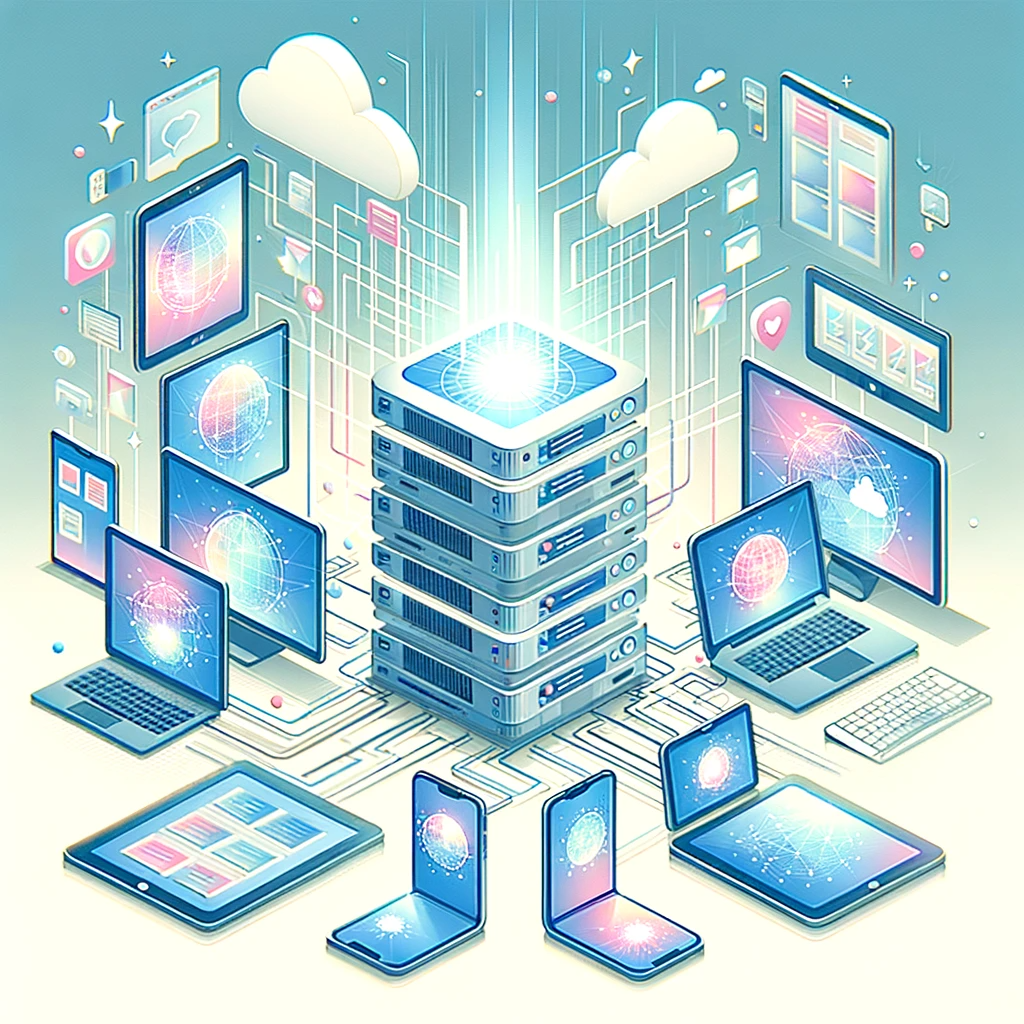
Our Definition of Headless CMS
A headless CMS (Content Management System) is a CMS architecture where the data presentation level (website design) and the data provision and processing level are separated. This separation allows the best technologies to be used for both areas, creating a future-proof and flexible basis for omnichannel marketing and managing digital experiences across multiple websites, mobile apps, and more. Data is obtained exclusively via an API and then displayed in the frontend, adapted to the desired layout.
Main features of a headless CMS
Content delivery in the Headless CMS is API-driven. This means that content is accessed and delivered via the APIs so that content can be displayed on any device or channel that can connect to the API. Developers also have the freedom to use any programming language or framework to create the front-end. This is because the headless CMS does not prescribe a front-end technology. This gives developers a high degree of flexibility. The same content can be used on multiple platforms and channels. This provides a consistent content creator experience. It also enables simple content management. Long-term planning is possible as you can recreate the frontend without having to customize the CMS. This offers tremendous future-proofing and allows companies to have one or more frontends in one or more languages that all use the same data interface.
The same content can be used on multiple platforms and channels, providing a consistent experience for content editors and users alike. It simplifies content management and enables long-term planning, as the frontend can be recreated without needing to customize the CMS. This ensures tremendous future-proofing and allows companies to have one or more frontends in multiple languages, all using the same data interface.
Flexibility, security and performance with a headless CMS
A headless CMS is responsible for storing and delivering content, giving frontend developers full control over how content is presented and interacts with the user's device. Improved performance and scalability are significant advantages of the headless architecture. Separating content from its presentation can lead to better website performance and easier scalability, as changes to the frontend do not impact the backend and vice versa.
Security is also significantly enhanced, as the CMS is decoupled from the frontend, reducing the risk of direct attacks on the CMS. A headless CMS is particularly popular when digital content needs to be displayed on multiple platforms or when personalized and sophisticated frontend experiences are required. It stands out as one of the most modular and flexible architectures in web development, making it ideal for creating rich digital experiences.
A headless CMS is often integrated into Digital Experience Platforms (DXPs), which provide a cohesive environment for managing digital content and delivering superior user experiences across various channels. This integration further emphasizes the CMS's role in shaping dynamic and interactive digital environments.
A headless CMS is particularly popular when digital content needs to be displayed on multiple platforms or when personalized and sophisticated frontend experiences are required. It stands out as one of the most modular and flexible architectures in web development, making it ideal for creating rich digital experiences. Learn how Orbitype compares to ButterCMS as a flexible headless CMS.
Conclusion
In summary, a headless CMS offers unparalleled flexibility, security, and performance, making it a powerful tool for modern web development. Its API-driven nature allows for seamless content delivery across various digital platforms, providing a consistent and efficient experience for both developers and content editors. As part of Digital Experience Platforms, headless content management systems are crucial for delivering rich, engaging user experiences that meet the demands of today's digital landscape. Adopting a headless CMS is a strategic move for any organization looking to future-proof its digital content strategy and enhance its digital experiences.
Read more
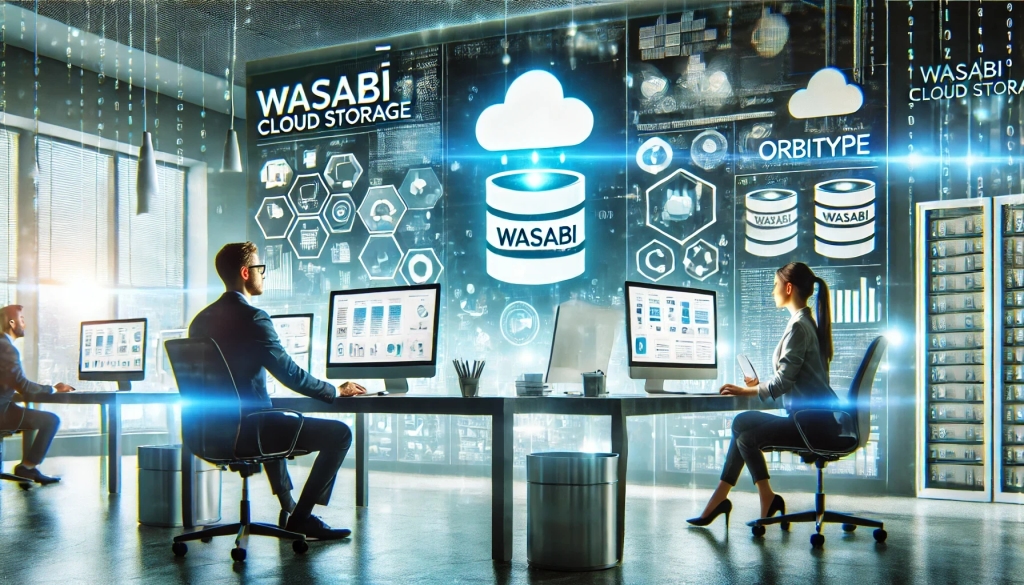
Seamless Data Management: Integrating Wasabi Cloud Storage with Orbitype
Boost your CMS performance with Wasabi Cloud Storage and Orbitype integration. Learn how this cost-effective, scalable solution enhances data management and delivers exceptional results.
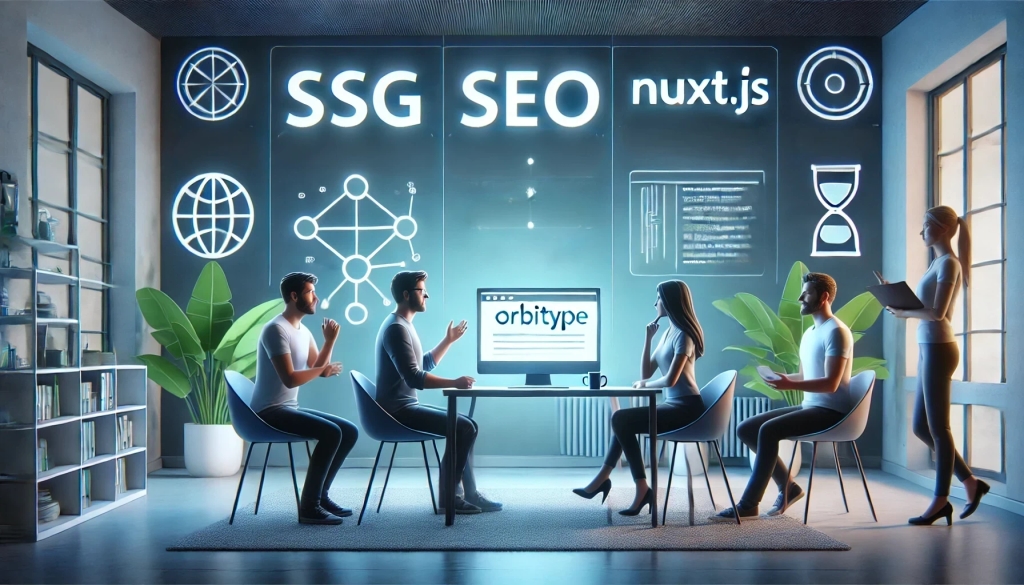
Integrating Orbitype with Nuxt.js for Optimal Performance and SEO
Leveraging Orbitype, a robust headless CMS, with Nuxt.js, a Vue.js framework, provides developers a powerful solution for building fast, SEO-optimized websites. This blog post explores how the integration of Orbitype and Nuxt.js harnesses the benefits of static site generation (SSG) and server-side rendering (SSR), thanks to Orbitype's API-driven content management system.
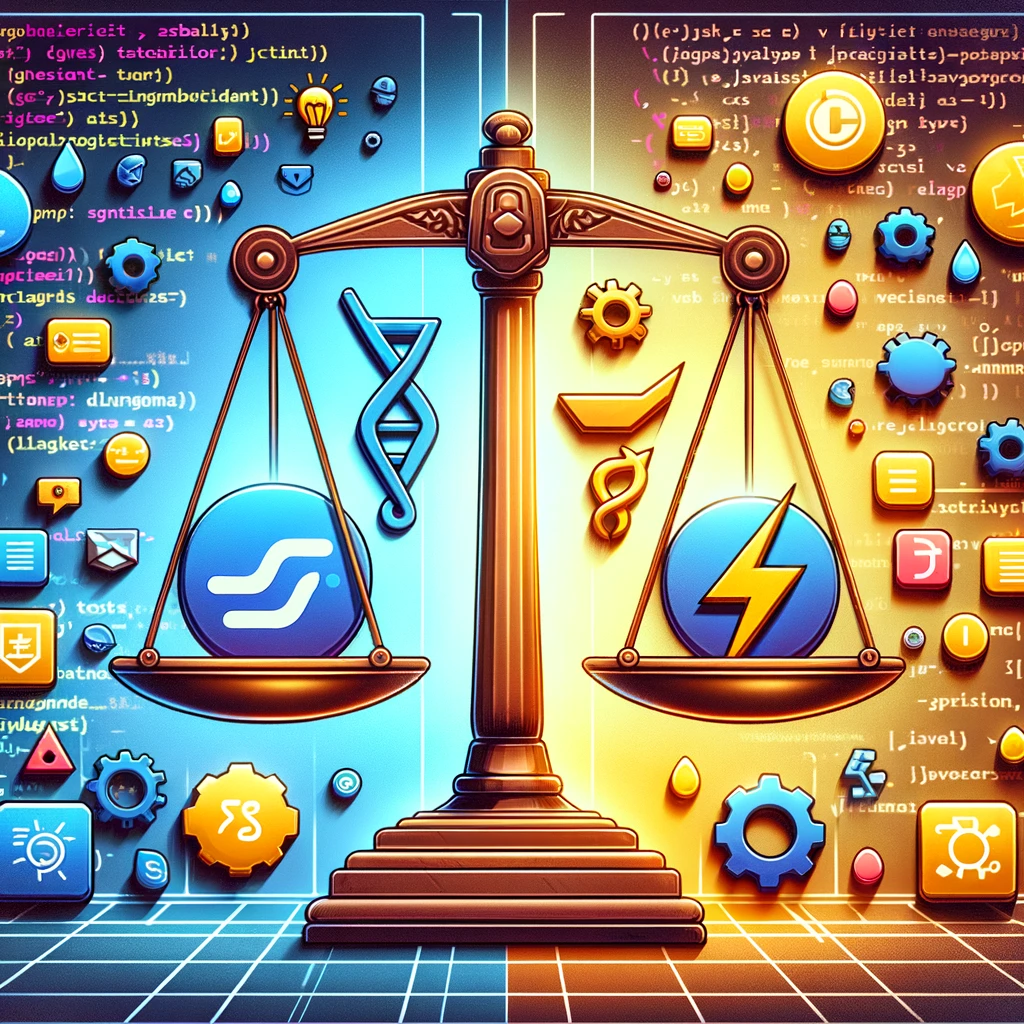
TypeScript vs. JavaScript
Discover the synergy between TypeScript and JavaScript for web development. Learn how Orbitype supports Nuxt CMS, headless CMS for Nuxt, and future-ready digital trends.
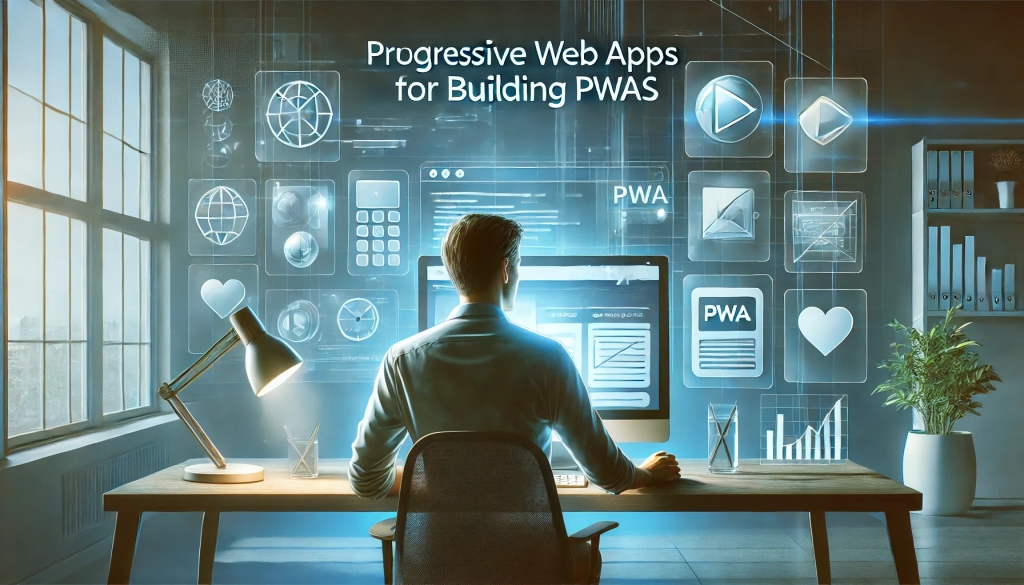
Building Progressive Web Apps (PWAs) with Orbitype
Explore how Orbitype enhances Progressive Web Apps (PWAs) with optimized performance, offline capabilities, and seamless content management for superior user experiences.
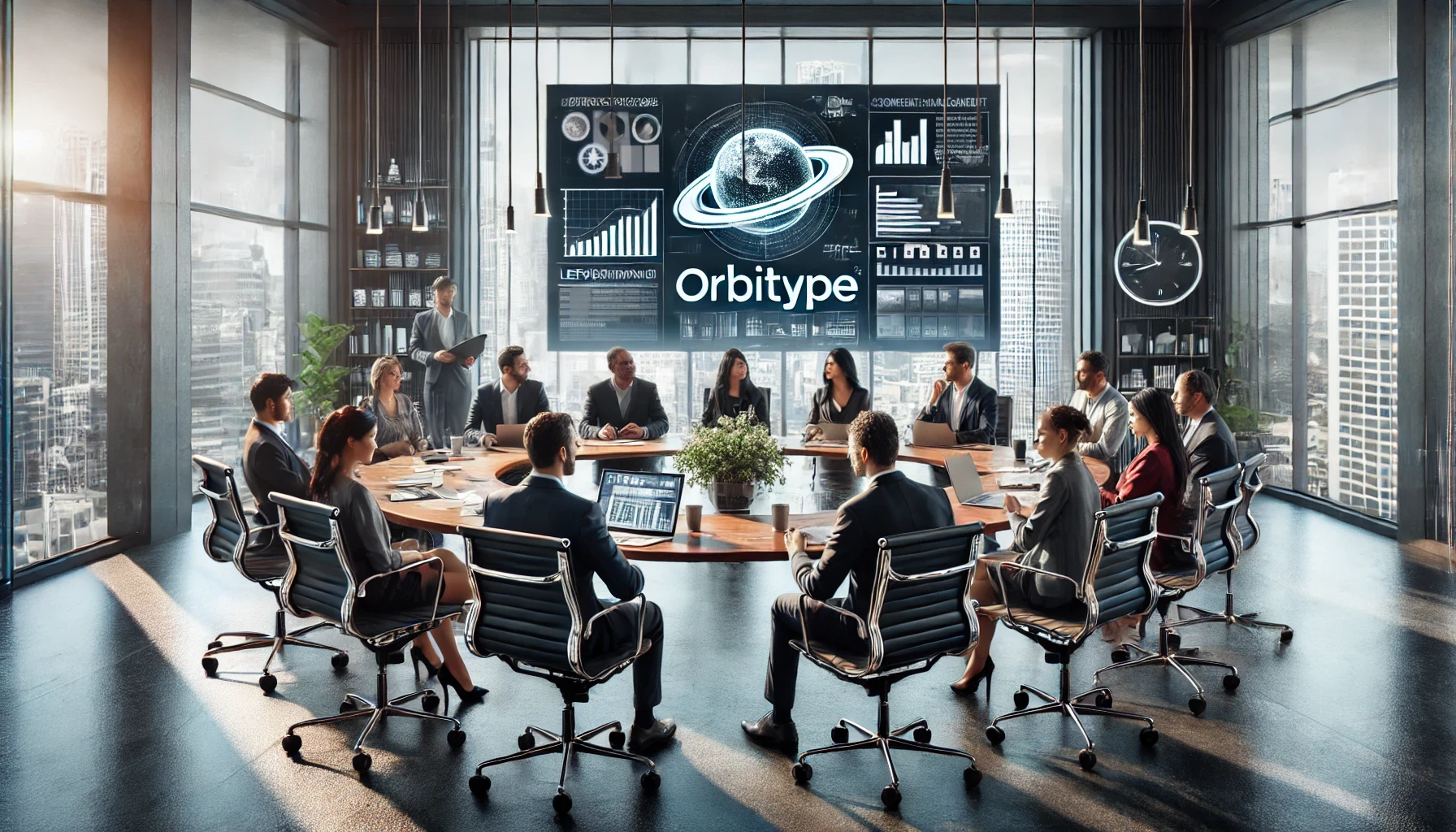
Leveraging Orbitype for Efficient Content Management in E-Commerce
nhance your e-commerce performance with Orbitype CMS. This scalable headless CMS simplifies content management, boosts SEO, and seamlessly integrates with Shopify, WooCommerce, and Magento for dynamic, flexible solutions.

Mastering Third-Party Integrations with a Headless CMS for Efficient Workflows
Streamline workflows and scale your business with seamless third-party integrations using Orbitype's flexible headless CMS—designed for efficiency, automation, and growth.
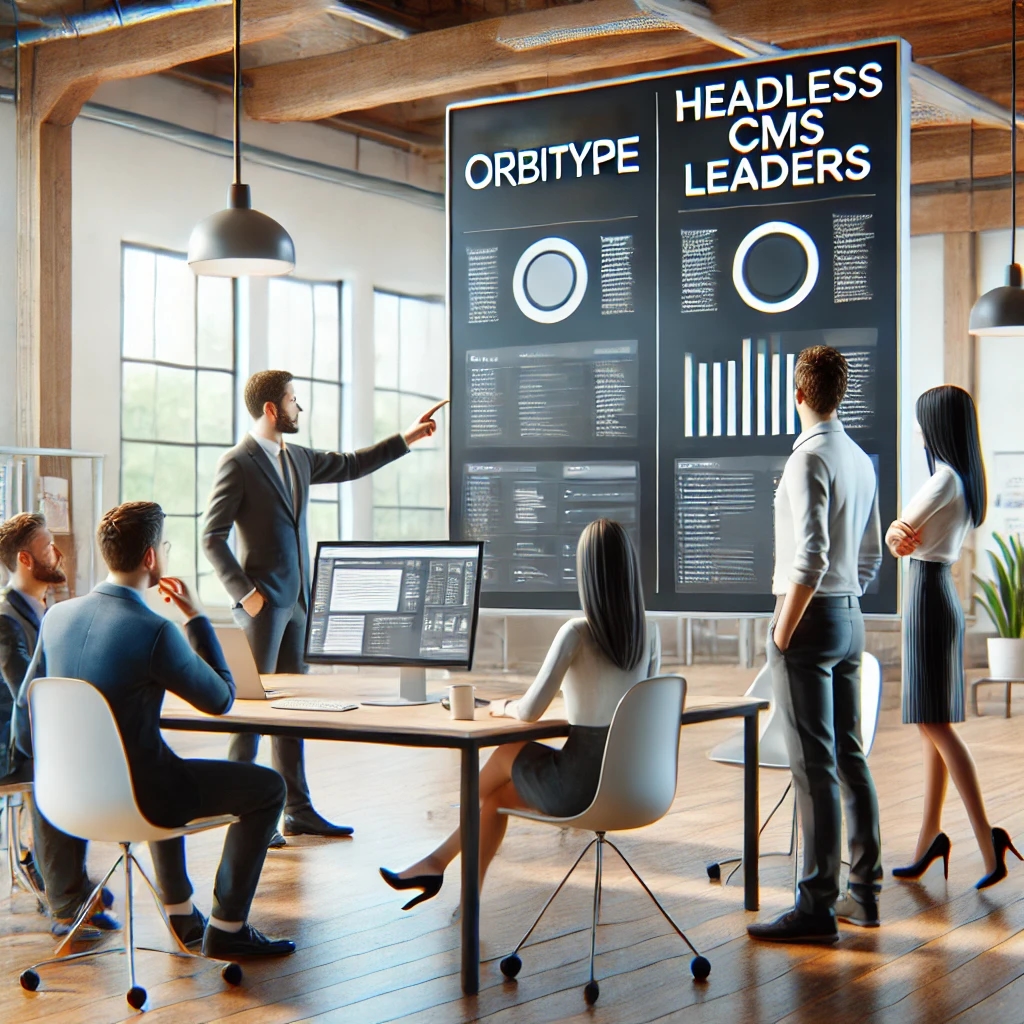
How Orbitype Compares to Headless CMS Leaders in 2025
Struggling to choose the best CMS? Discover how Orbitype compares to headless CMS leaders in 2025, solving complexity and scalability challenges with ease. Try Orbitype!
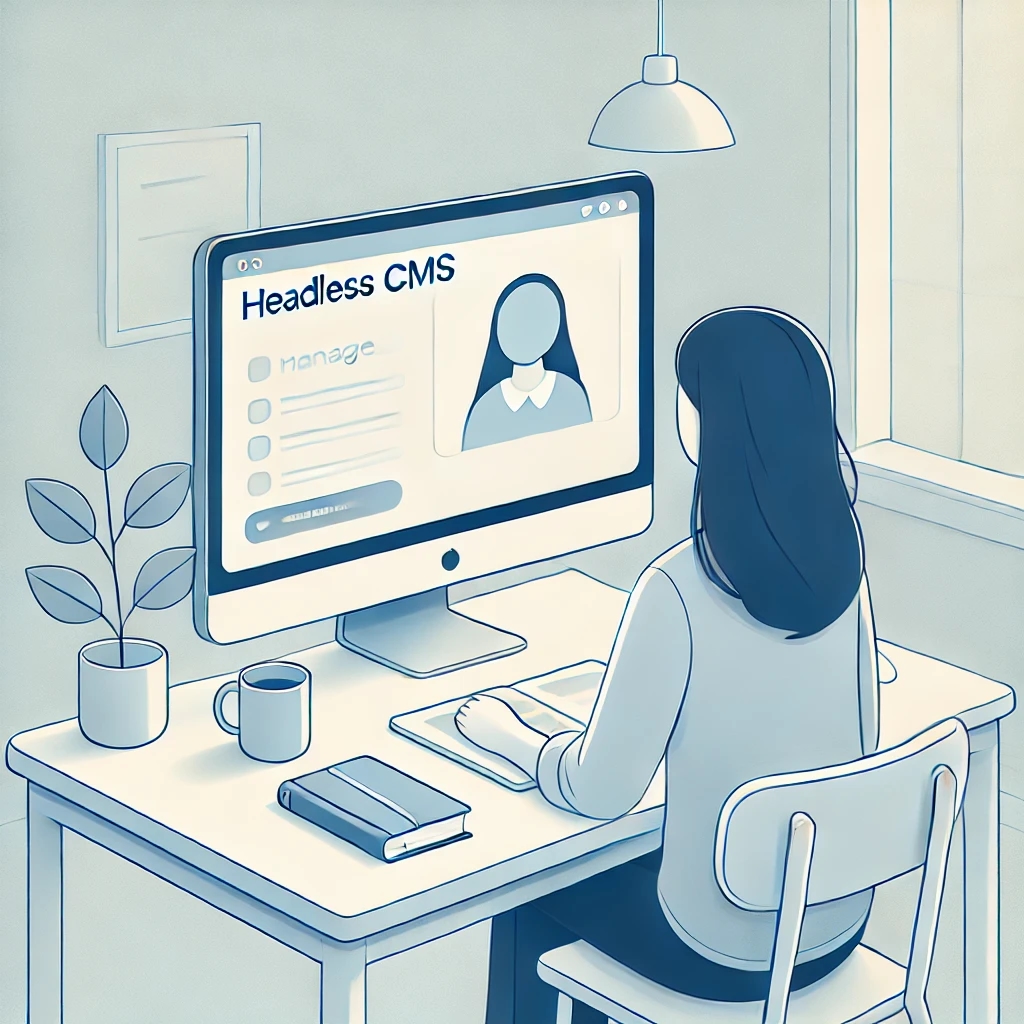
How Educational Institutions Benefit from Headless CMS for Online Learning
Enhance online learning with a Headless CMS. Discover how centralized content management, scalability, and seamless multi-channel access can transform educational platforms.
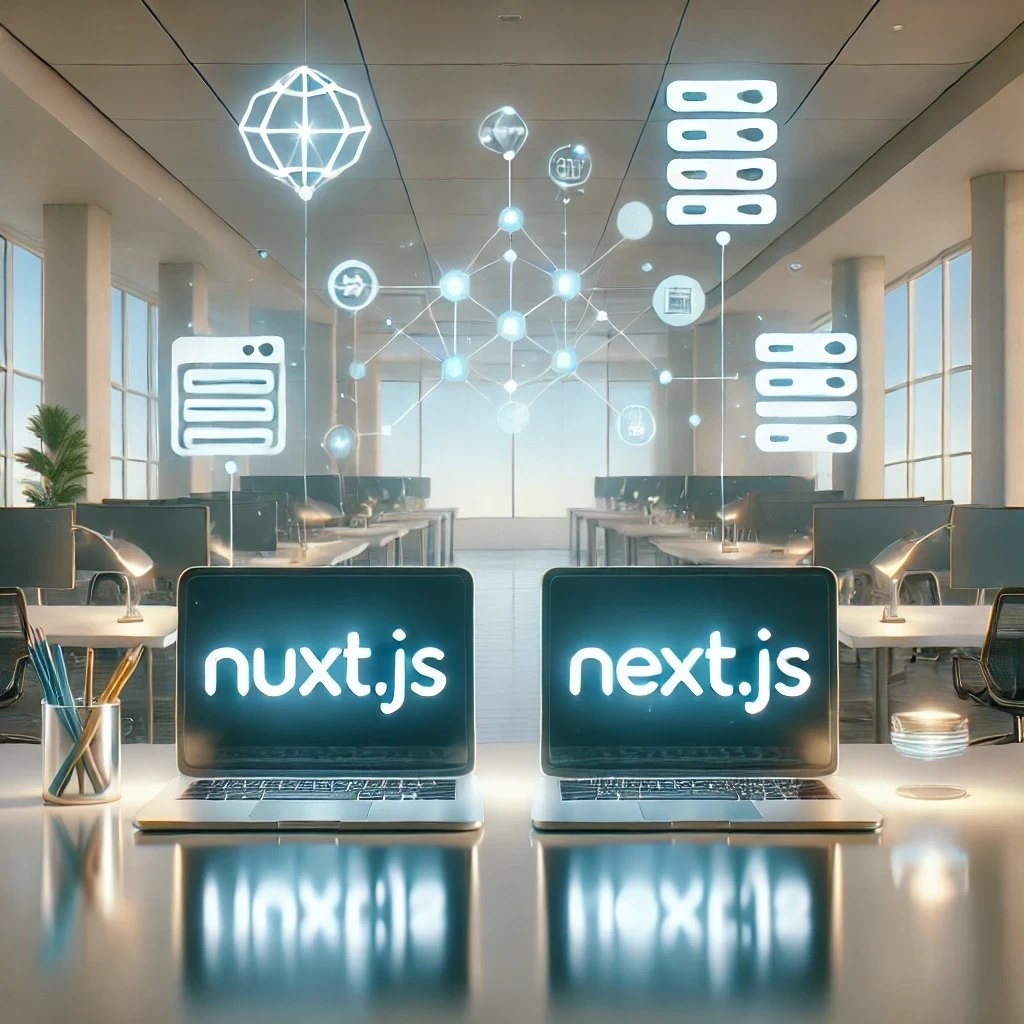
Nuxt vs Next: Which Framework Works Best with Headless CMS?
Compare Nuxt.js and Next.js to find the best frontend framework for your Headless CMS. Discover which offers better performance, scalability, and flexibility for dynamic web projects.
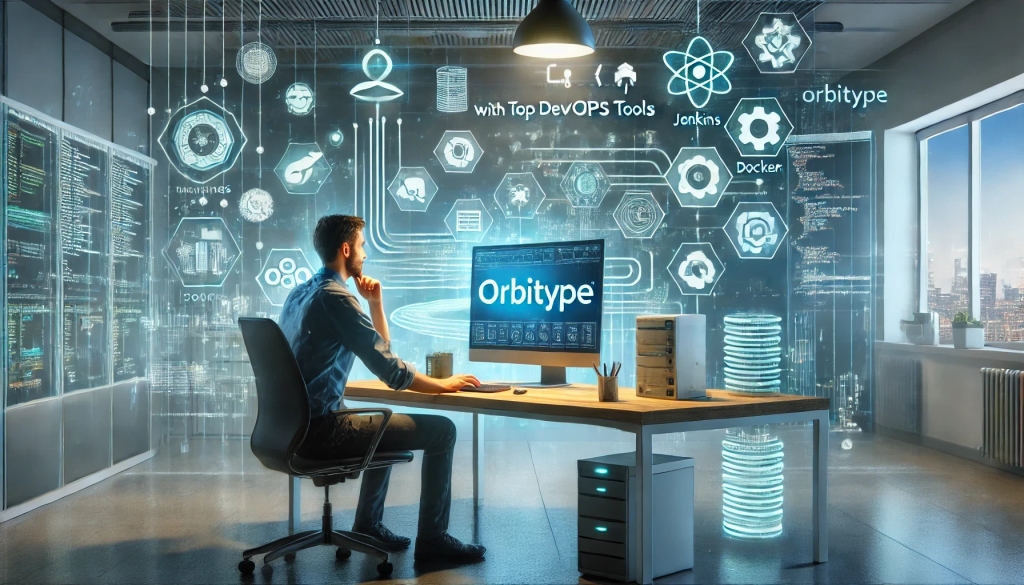
Streamlining Development: Integrating Orbitype with Top DevOps Tools
Discover how to integrate Orbitype with leading DevOps tools like Jenkins, Docker, and Kubernetes. Learn best practices for automating deployments, containerizing Orbitype, and scaling efficiently while streamlining workflows for continuous integration and delivery.
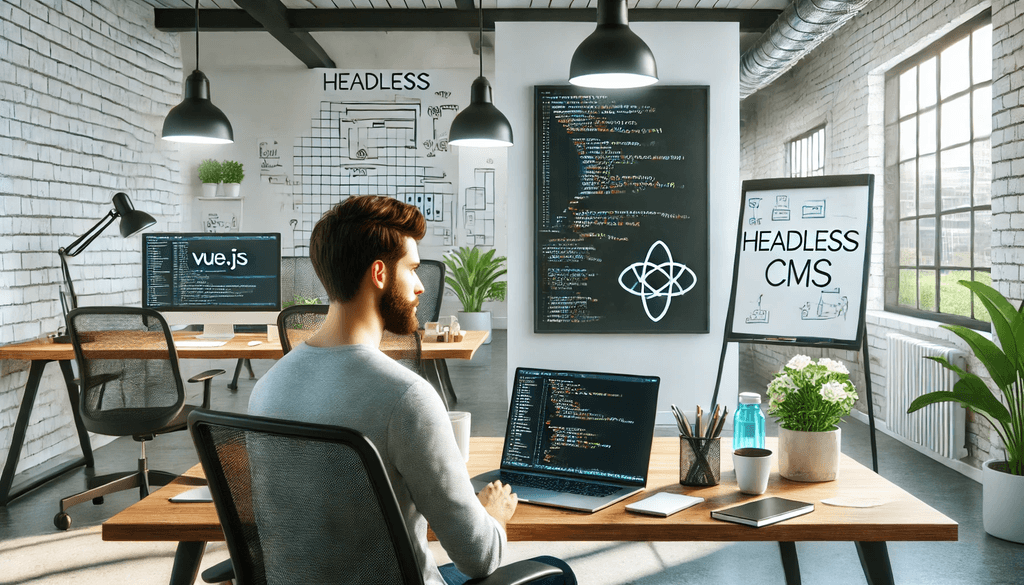
Building High-Performance Vue Apps with a Headless CMS
Discover how to optimize Vue.js apps with a Headless CMS for high performance, scalability, and SEO. Learn best practices and tools for creating dynamic web apps.

SQL or NoSQL: What's Best for Mobile Applications Using Orbitype?
Explore Orbitype, the ultimate headless CMS for React developers, offering seamless content management, enhanced performance, and flexibility to create dynamic web applications with ease. Learn how Orbitype simplifies workflows and boosts productivity.
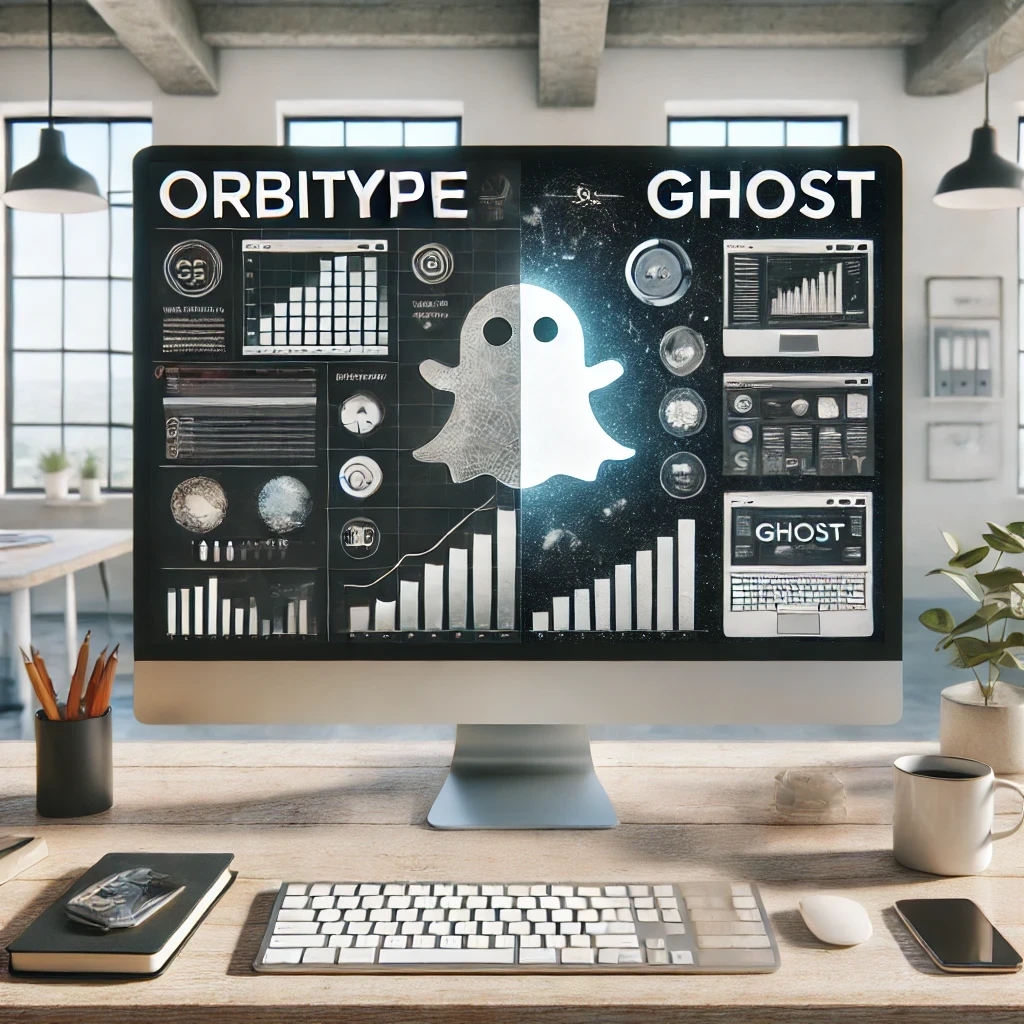
Comparing Orbitype and Ghost: Best CMS for Blogging in 2025
Compare Orbitype and Ghost to find the best CMS for blogging in 2025. Discover which platform suits your goals, from scalability to simplicity and dynamic content
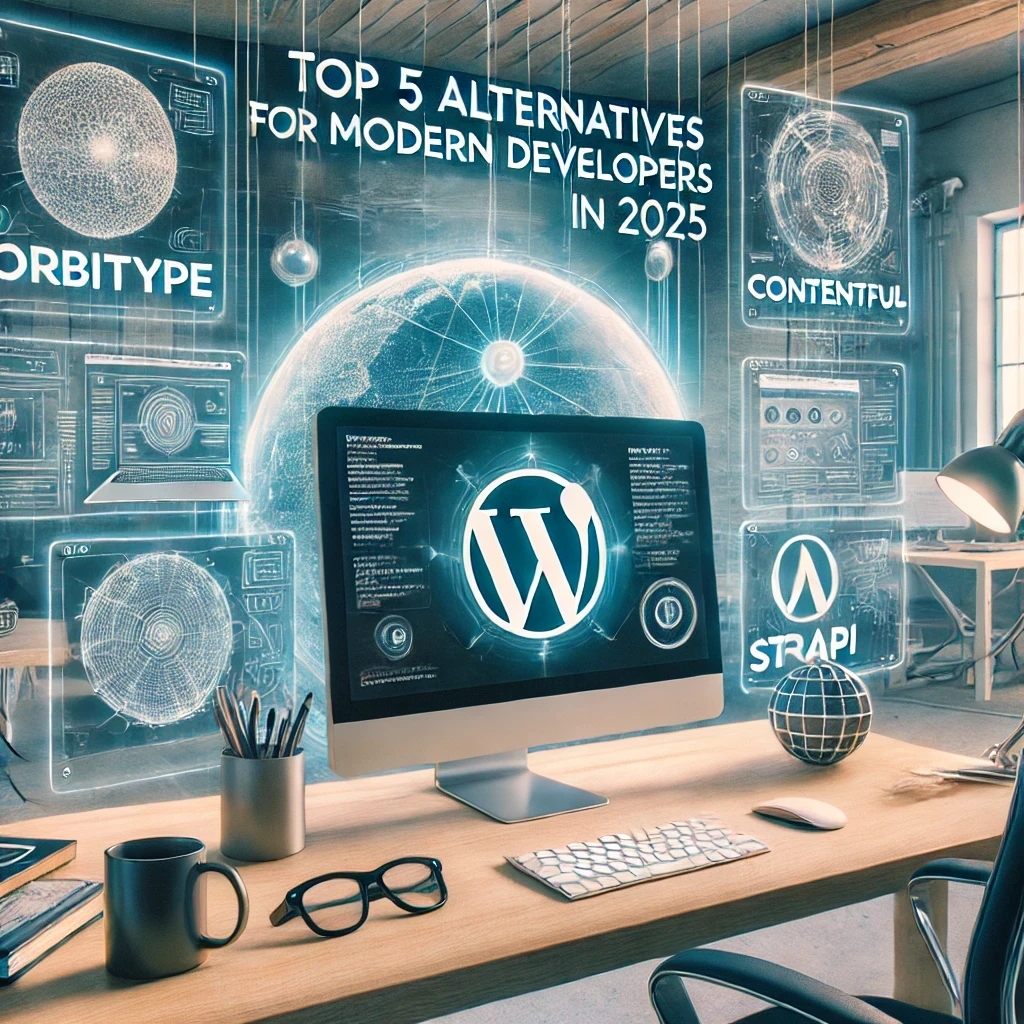
Top 5 Alternatives to WordPress for Modern Developers in 2025
Discover the top WordPress alternatives for 2025, including Orbitype, Contentful, and Strapi. Explore modern CMS platforms offering scalability, flexibility, and cutting-edge tools for developers.

Security and Compliance in Headless CMS: Focus on Orbitype
Explore headless CMS security with Orbitype: advanced authentication, data encryption, and compliance with GDPR & CCPA. Learn best practices for secure CMS operations.

10 Tips for Optimizing Core Web Vitals in Headless CMS Websites
Discover 10 actionable tips to optimize Core Web Vitals for Headless CMS websites. Improve performance, SEO, and user experience with these essential strategies.
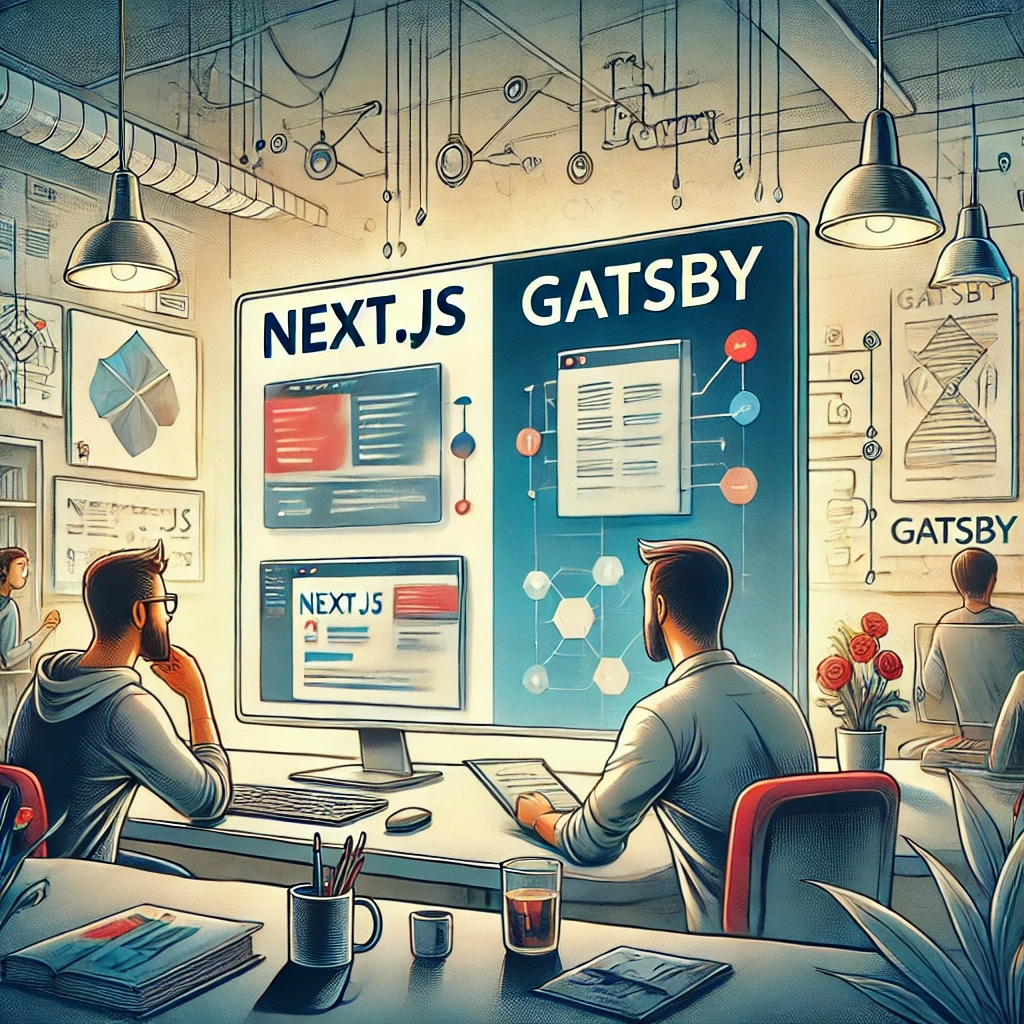
Next.js vs Gatsby: Which Works Best With a Headless CMS?
Choosing between Next.js and Gatsby can be challenging when working with a Headless CMS. This guide breaks down their strengths and helps you decide which framework works best for your dynamic or static content needs.

CMS for Vue.Js - Orbitype Headless CMS
Explore Orbitype, the best Headless CMS for Vue.js, offering seamless API integration, dynamic content management, and unmatched performance for interactive front-end development.
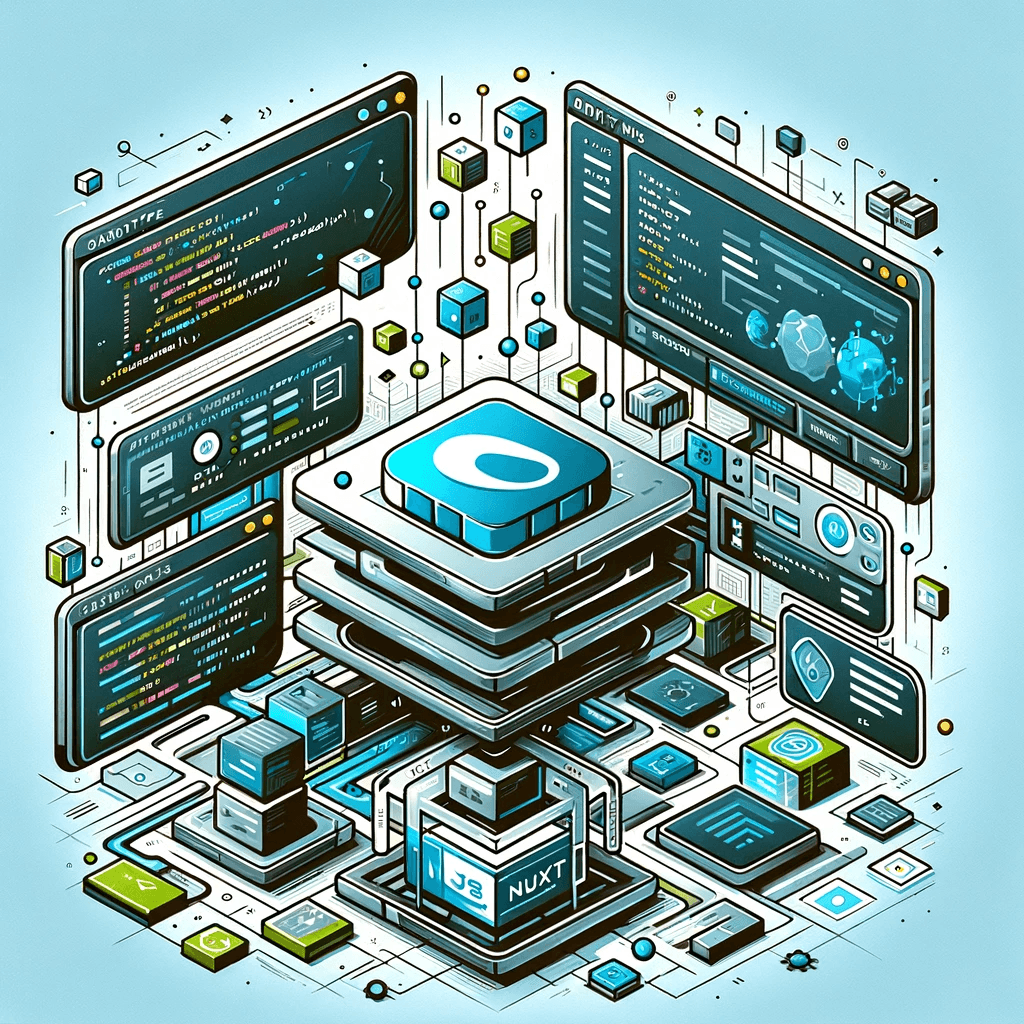
CMS for Nuxt - Orbitype Headless CMS
Optimize your Nuxt.js projects with Orbitype, the API-first Headless CMS offering scalable content management, multimedia repositories, and enhanced SEO for modern web applications.
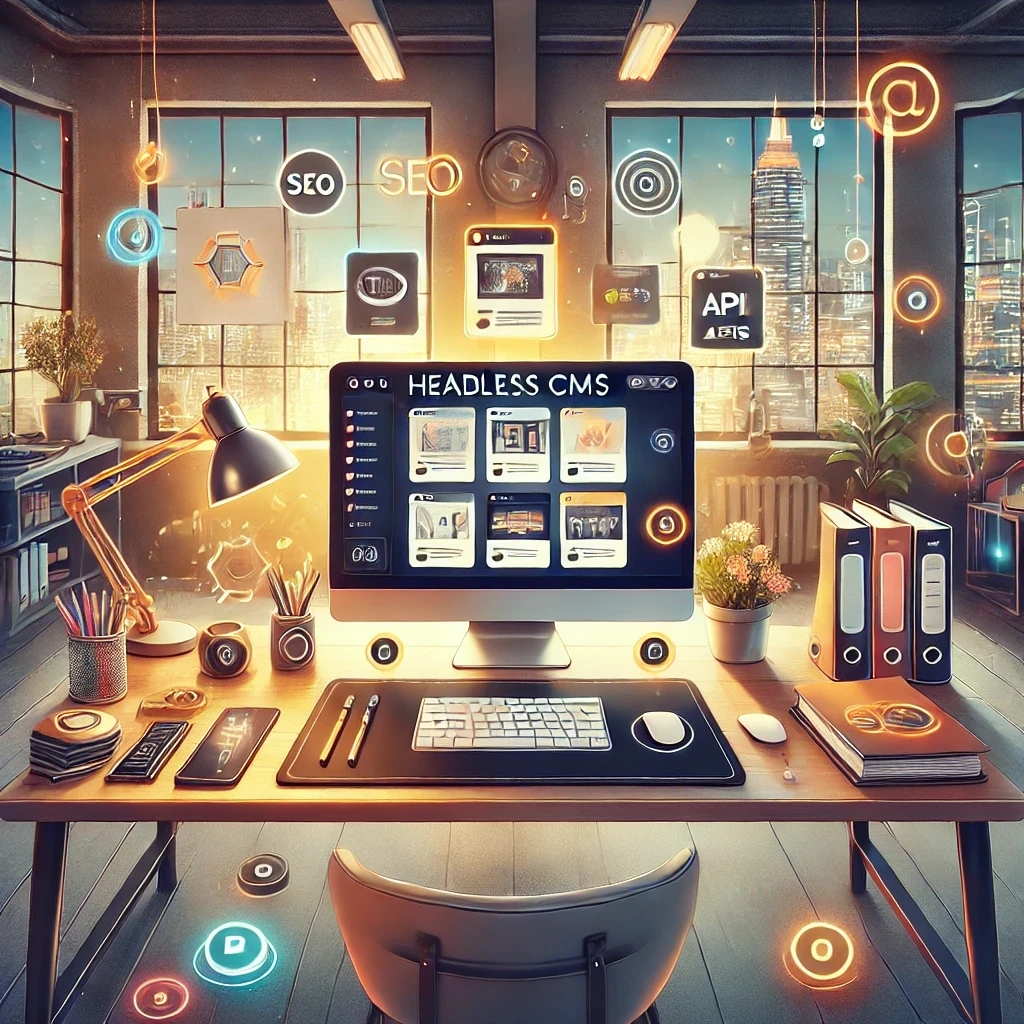
Best Headless CMS Solutions for Portfolio and Personal Websites
Showcase your work with ease using Orbitype—the ultimate Headless CMS for portfolio and personal websites. Enjoy seamless integration, powerful customization, and SEO-friendly features designed for creators and developers.
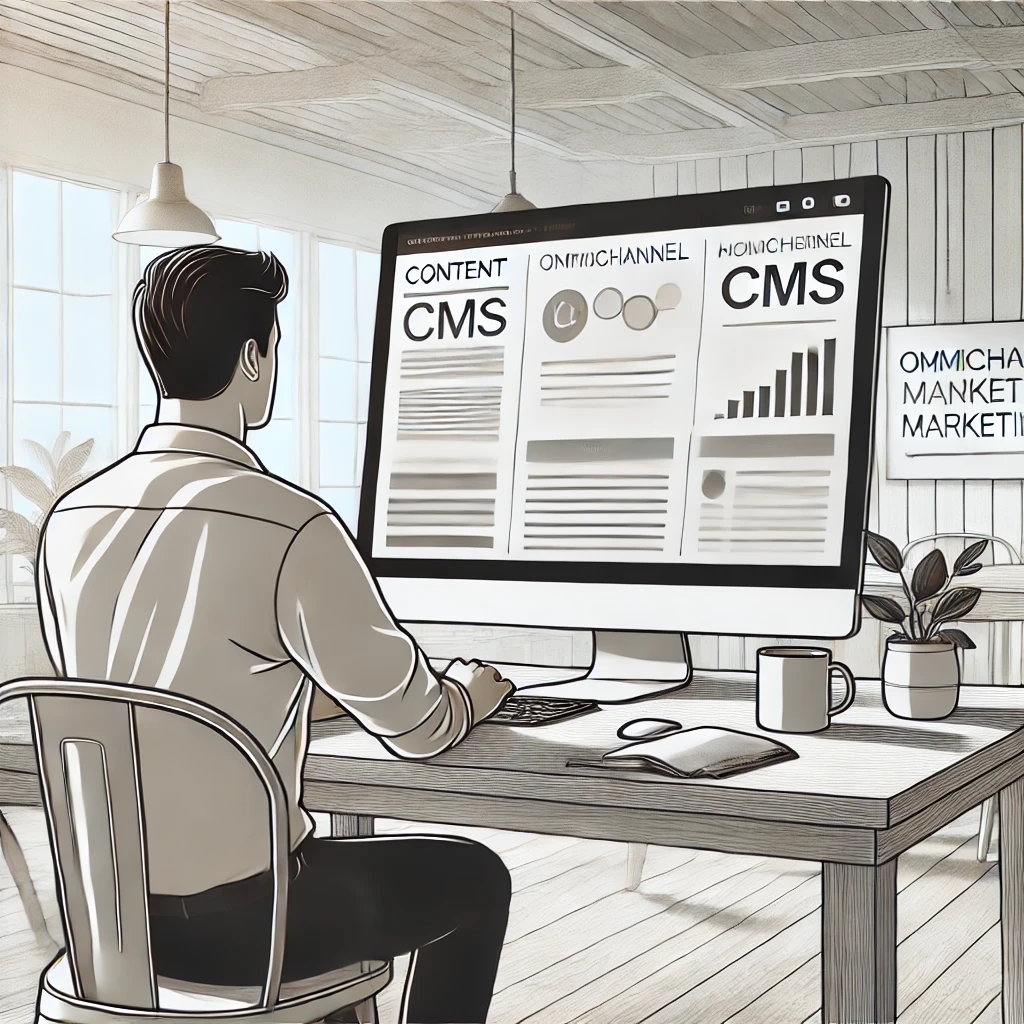
How Headless CMS Empowers Omnichannel Marketing Strategies
Boost your omnichannel marketing strategy with a Headless CMS. Centralize content management, deliver personalized customer experiences, and ensure consistency across platforms.
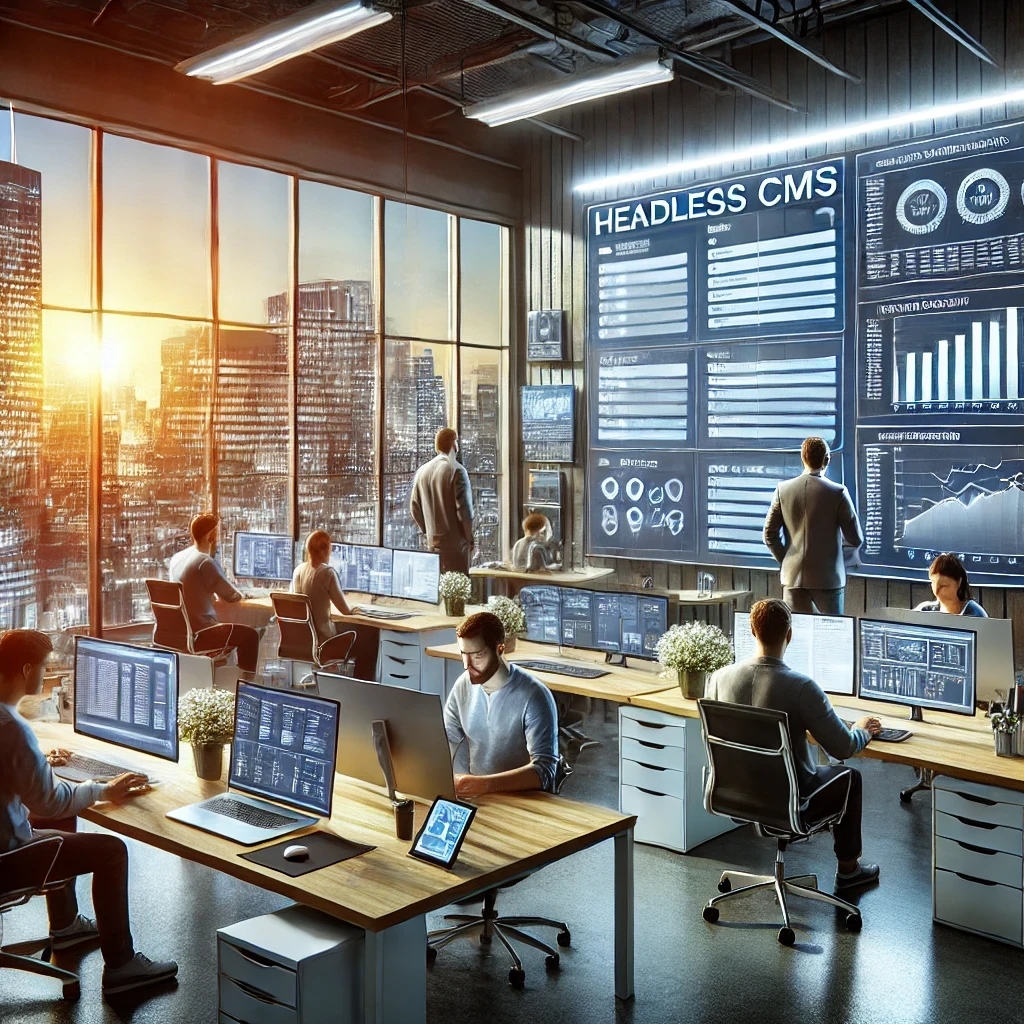
How to Scale Your Website with a Headless CMS for High Traffic
Scale your website effortlessly with a headless CMS like Orbitype—achieve faster load times, seamless scalability, and reliable performance during high-traffic surges
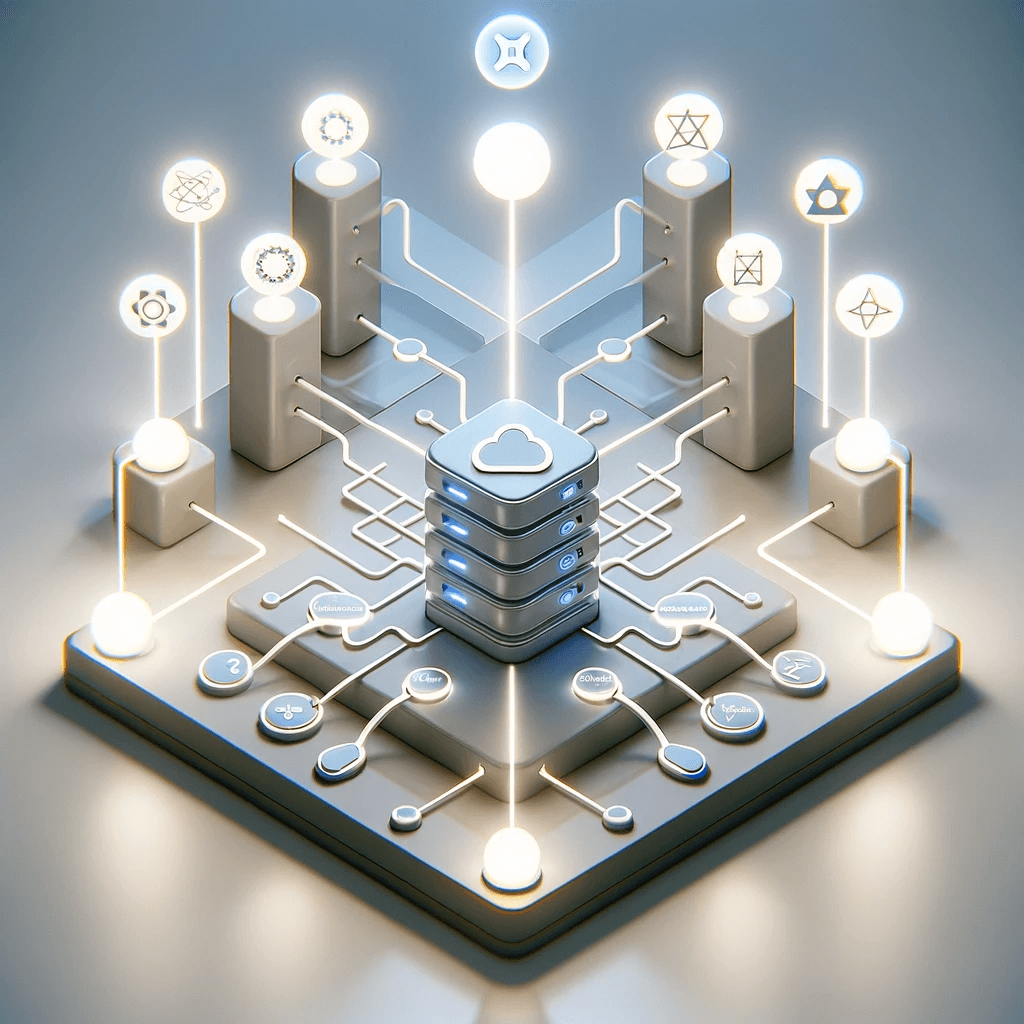
CMS for React - Orbitype Headless CMS
Orbitype is the ideal CMS for React developers, combining seamless API integration, flexible content management, and scalability to create fast, dynamic, and customizable web applications effortlessly.
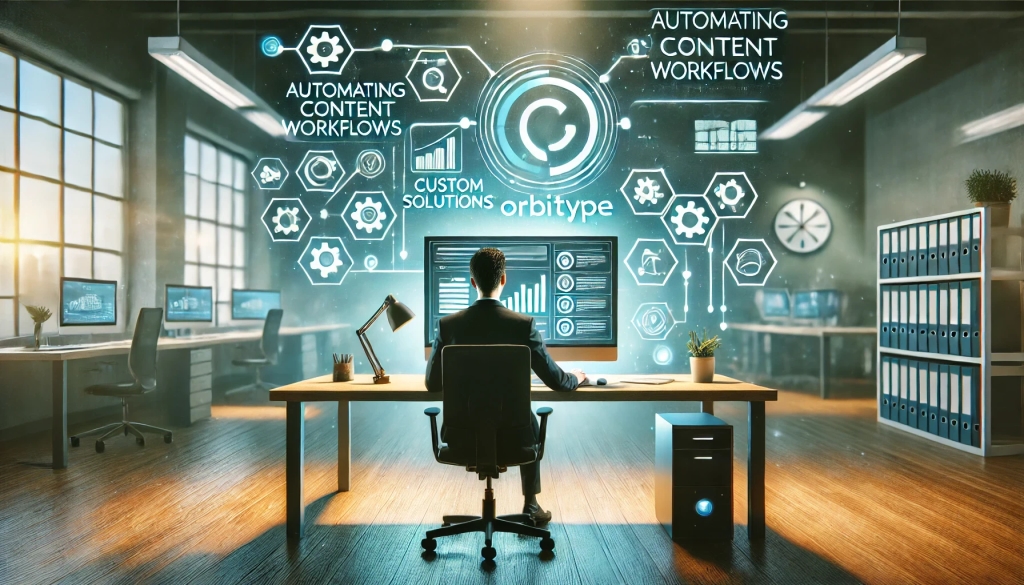
Automating Content Workflows with Orbitype’s Custom Solutions
Discover how Orbitype's custom CRM and ERP solutions revolutionize content workflows. Automate processes, reduce manual tasks, and improve productivity for software development agencies with tailored tools for seamless collaboration and efficiency.